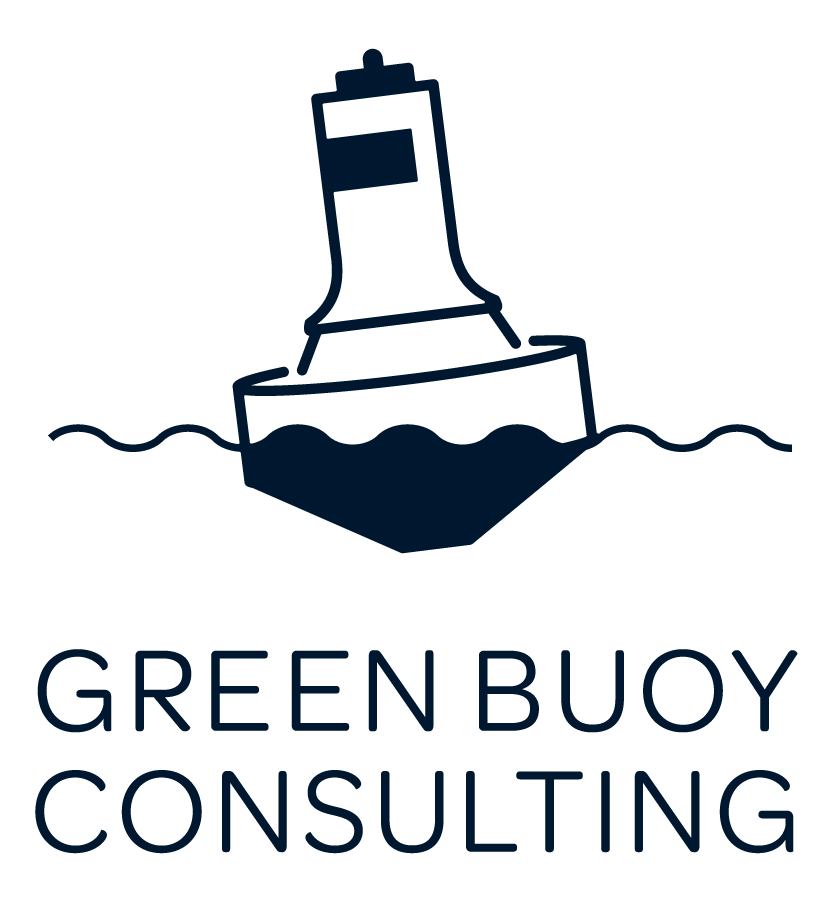How to Conquer 5 Obstacles to Sustainability
We humans are notorious for our knee jerk, judgmental reactions. Hearing something and saying “ That’s not me” “I don’t like that,” “ I can never do that.” Have you ever had a snap judgment define your thought process? I've had snap judgments on everything from lima beans to the Cleveland Browns to hedge funds.
Business owners are also prone to snap judgments at work. We have to climb through a lot of muck and review so much information, it’s easy to become biased against strategies. We’ve all been caught glossing over something or using the phrase “ I know about that” or “ I’m not spending time on that.”
Sustainability often falls into this camp. You may have already dismissed sustainability based on an article five years ago touting “corporate responsibility” as the way of the future! If you’re still in a sustainability mindset from five years ago, it’s time to change your tune.
Snap judgments can make sustainability a hurdle for many people. They’ve dismissed it and won’t come back to it again. I’m going to discuss common hurdles to a sustainability strategy and how to fix them. Many of these hurdles come from snap judgments, preconceived ideas or internal thought processes.
Five common obstacles to sustainability include:
Cost
Cost is a big one. It does cost money to create a solid sustainability strategy. Even without spending money to share or develop resource reduction strategies, you’re using time. And time is money.
Whether you’re spending money or time, I urge you to look at the rationale behind the cost. Did you already allocate money to a new project this year? Are you worried about not reaping the investment back? What concerns about costs do you have?
Outright costs in sustainability have been shown to generate a return on investments. Research from Oxford University showed that among companies with sustainability strategies, 90% had lower capital costs, 88% had improved operational performance, and 80% had improved share price performance. Sustainability costs have their benefit.
Do you see millennials and Gen Z as current or future customers? What is your current cost of acquisition for one of these customers? Research from Cone found 90% of Gen Z believes companies must act on social and environmental issues.
Leadership or Company Board
Oftentimes in companies, its employees are asking for sustainability. Look at Amazon employees. They brought up the dialogue and the board had to pay attention. The board sets the vision and mission for the company so they must be on board with any significant changes, like a sustainability strategy. To get leadership on board, create a proposal showing the benefits, rationale and projected outcomes of the strategy.
Use research and data and show how industry competitors or suppliers are using sustainability to stand out.
Time
Like cost, sustainability is a significant time commitment. To overcome this hurdle, estimate how much time you can allocate to a strategy. Start small and start with small departmental adjustments to see how time constrains other work.
It’s also invaluable to do a check on what you’re allocating time to currently-marketing, customer outreach- and see where you can make changes. Cost and benefit are very similar, so if you’re concerned about taking time for a new strategy, consider the benefits above of allocating time to sustainability.
Finding a focus
Where to start and where to begin? It can all seem very overwhelming. Companies are often on board with sustainability, but get tripped up on how to implement strategies, which strategies to implement and where to focus. Start brainstorming ideas, check out your supply chain and check current bills for how much electricity, water or gas you’re using. A sustainability audit is also a great way to find a focus. Don’t be afraid to start small and take time to determine the best place to begin.
Employees
This is the inverse of the board problem. How do you get employees on board with a strategy? How do you get employees on board with other company initiatives and endeavors? Use a similar strategy.
Related: How to Engage Employees in Sustainability
Talk about the benefits to employees, hold an open forum or all-hands call to get people excited. If employees feel sluggish or confused about the initiative, solicit feedback and try to make changes to adjust to their needs.
There are lots of reasons not to implement sustainability, these are a few. But evaluating common hurdles and finding reasons to push through will benefit your company in the long term. Interested in more strategies to get employees on board or to cut costs? Set up a call to figure out your options. Did you find this content helpful? We’d love it if you’d share it on social media.
Tell us in the comments how you battle these five common obstacles to sustainability! What other hurdles have you had to overcome to enact sustainability at your company?
Check out our other blogs











